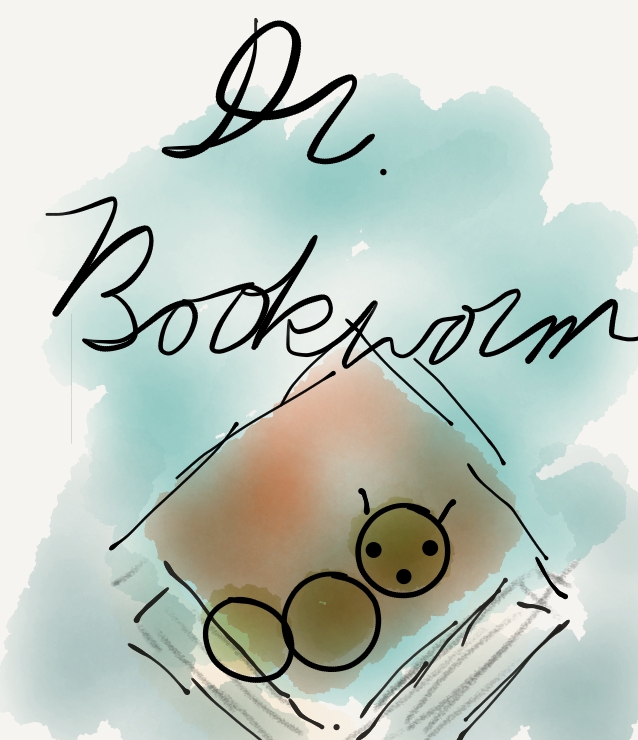Emotional Support Books
(This page is a work in progress. Please contact me if you have other suggestions.)
No, these aren't self-help books. Instead, I thought I'd curate a list of various children's books that are helpful for those difficult milestones. You know the ones I'm talking about--the temper tantrums, the impulsive behavior, the best friend who is no longer friends with your little one, the over-emotion that comes with the arrival of hormones. I hope you find one of these helpful for you and your little ones!
-Melanie
Board Books/Picture Books for the Toddler Age
The Color Monster
The Color Monster by Anna Llenas is a wonderful pop-up book that associates a feeling with a color. It distills the emotions into colors to make it easier to understand for little ones. I think it's a great way to teach even young toddlers how to express themselves and their frustrations. Bonus is the fact that it's a pop-up book! Full review here.
Duck and Goose, How are You Feeling?
It's no secret that we're fans of Tad Hills. I've always been partial to ducks and his brightly-painted scenes of Duck and Goose are a favorite of mine. While on a school visit to the Bookworm girl's school, Hills mentioned Duck and Goose, How are You Feeling? For little fans of the water fowl, I think this board book can be a great way to clue you in to what they are feeling too. Hills even gave the students a mini-art lesson on how to draw duck and goose, as well as how to change their eyes and eyebrows to interpret their expressions and feelings. And while you're teaching your little one about empathy, they may also want to check out Duck and Goose, Goose Needs a Hug.
Other Good Toddler Books:
Sourpuss and Sweetie Pie by Norton Juster and illustrated by Chris Raschka: This book features the same duo who did The Hello, Goodbye Window and is touted as a sequel, however, it focuses more on the duality of being sweet and sour all rolled up into one child. I think children can relate to the outbursts of feelings and the illustrations are beautiful, just like in The Hello, Goodbye Window, which won the 2006 Caldecott medal.
No Hitting! by Karen Katz: This book is a lift-the-flap book with different options for a toddler to do with their urges. For example, you can lick a fruit pop instead of sticking out your tongue at someone. Or bang on your drums instead of hitting someone or destroying something. Brilliant!
Picture Books for School-Age Kids
When Sadness is at Your Door
Eva Eland illustrates Sadness as an overwhelming blue blob that haunts the main character. What I love about When Sadness is at Your Door is the fact that the text emphasizes that it’s okay to feel sad. That it’s normal to feel sadness sometimes. And it has a lot of welcome ideas about how to cope with that sadness without feeling preachy or too instructive. The text and the illustrations are accessible and real and I think very relate-able for kids ages 4 and up. Even for your older kids, though they may scoff at its simplicity, I think there’s a lot discussed in the text and sub-text that can ring true. Full review here.
Niko Draws a Feeling
I borrowed Niko Draws a Feeling by Bob Raczka and illustrated by Simone Shin and I was expecting a book talking about drawing one’s feelings when we are feeling overwhelmed. The actual book is a lot more nuanced—it’s more about creativity and Niko expressing himself through that creativity in his own unique way. The message is more subtle: it’s about looking at the world through different eyes but also about finding friends and kindred spirits in unexpected places. Full review here.
My Feelings Activity Book
For actual help with sorting out feelings, My Feelings Activity Book was published in 2011 and was created by Abbie Schiller and Samantha Kurtzman-Counter with book design by Rae Friis. Full review here.
For Older Kids
While I think that some of the suggestions above could also help older kids, some of them may want more substantial reading.
The Feelings Book
American Girl has this great series called The Care and Keeping of You that I recommend to all my 8-12 year old female patients. It talks about physical, physiological, and emotional changes that occur with puberty. In that vein, The Feelings Book is a companion book to the series that talk about hormones, friendship issues and more. It's a great way to emphasize that what your little one is going through is normal, and that she's not alone in feeling frustrated, sad, hurt, or overly emotional.




